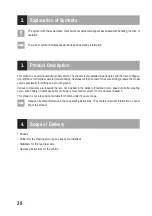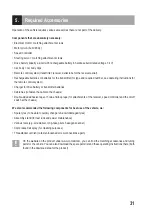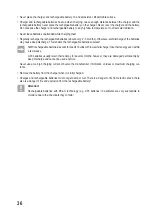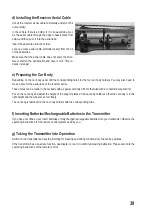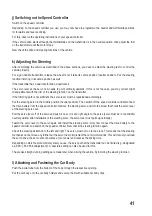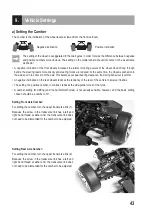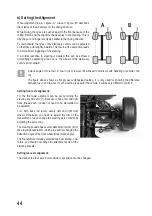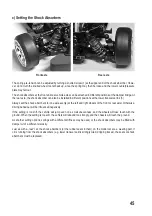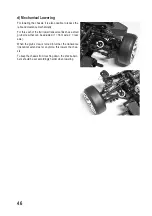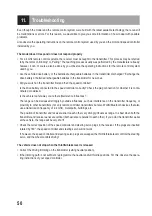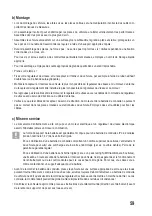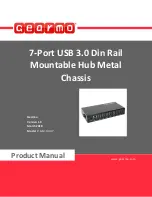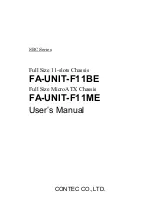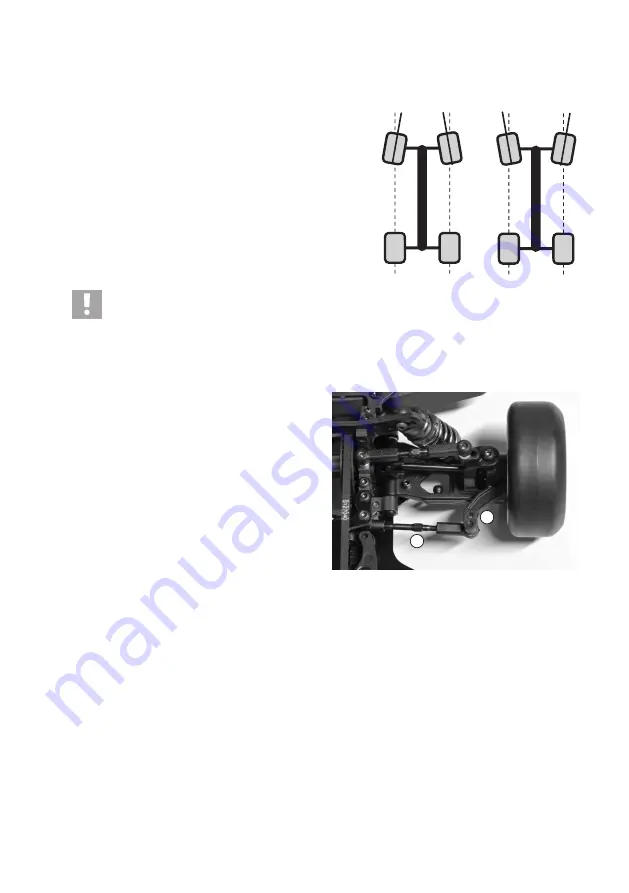
44
b) Setting the Alignment
Wheel alignment (toe-in = figure „A“, toe-out = figure „B“) describes
the relation of the wheel level to the driving direction.
While driving, the tyres are pushed apart in the front because of the
rolling friction and the slight mechanical play in the steering. This is
why they are no longer precisely parallel to the driving direction.
To compensate, the tyres of the stationary vehicle can be adjusted
so that they point slightly inwards. This tow-in at the same time leads
to a more direct triggering of the steering.
If a milder response to steering is desired, this can be achieved
accordingly by adjusting a toe-out, i.e. the wheels of the stationary
vehicle point outward.
A track angle of more than 3° toe-in (A) or toe-out (B) will lead to problems with handling or vehicle cont-
rol.
The figure above shows a strongly over-emphasised setting. It is only used for showing the difference
between toe-in and toe-out. If such a setting is used for the vehicle, it will be very difficult to control!
Setting front axle alignment:
For the front axle, alignment can be set by turning the
steering knuckle arm (1). Because it has a left and right
hand thread each, it does not need to be dismantled to
be adjusted.
Turn both track rod levers evenly (left and right front
wheel). Otherwise, you need to adjust the trim of the
transmitter (or even change the steering servo control by
adjusting the servo rod).
The steering knuckle has several attachment points (2) for
the steering knuckle arm, which are used for changing the
deflection angle of the front wheel (Ackermann angle).
The manufacturer already selected the best setting. The-
refore, you should not change the attachment point in the
steering knuckle.
Setting rear axle alignment:
The track of the rear axle in this vehicle is set and cannot be changed.
¦ ¦
A
B
1
2

